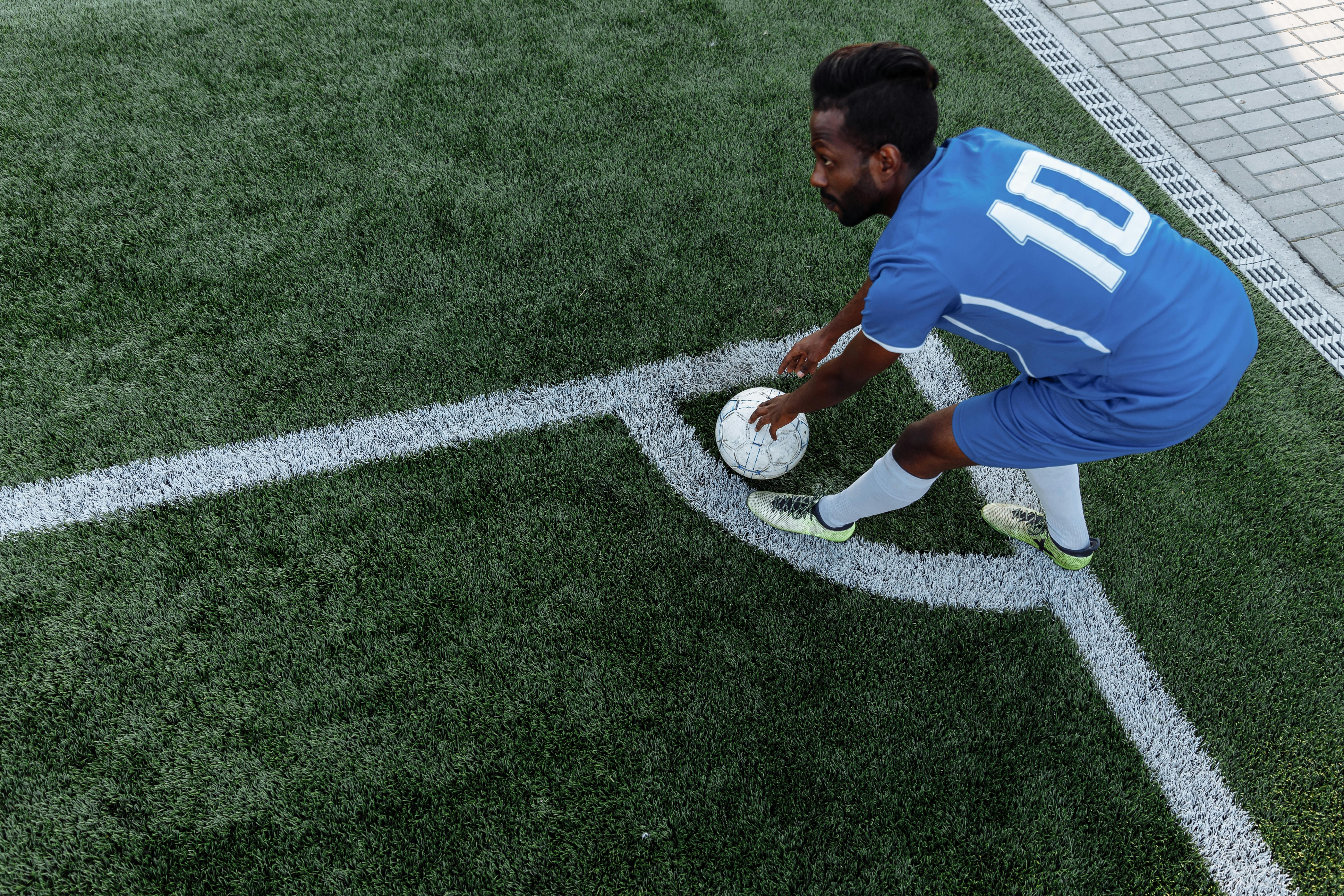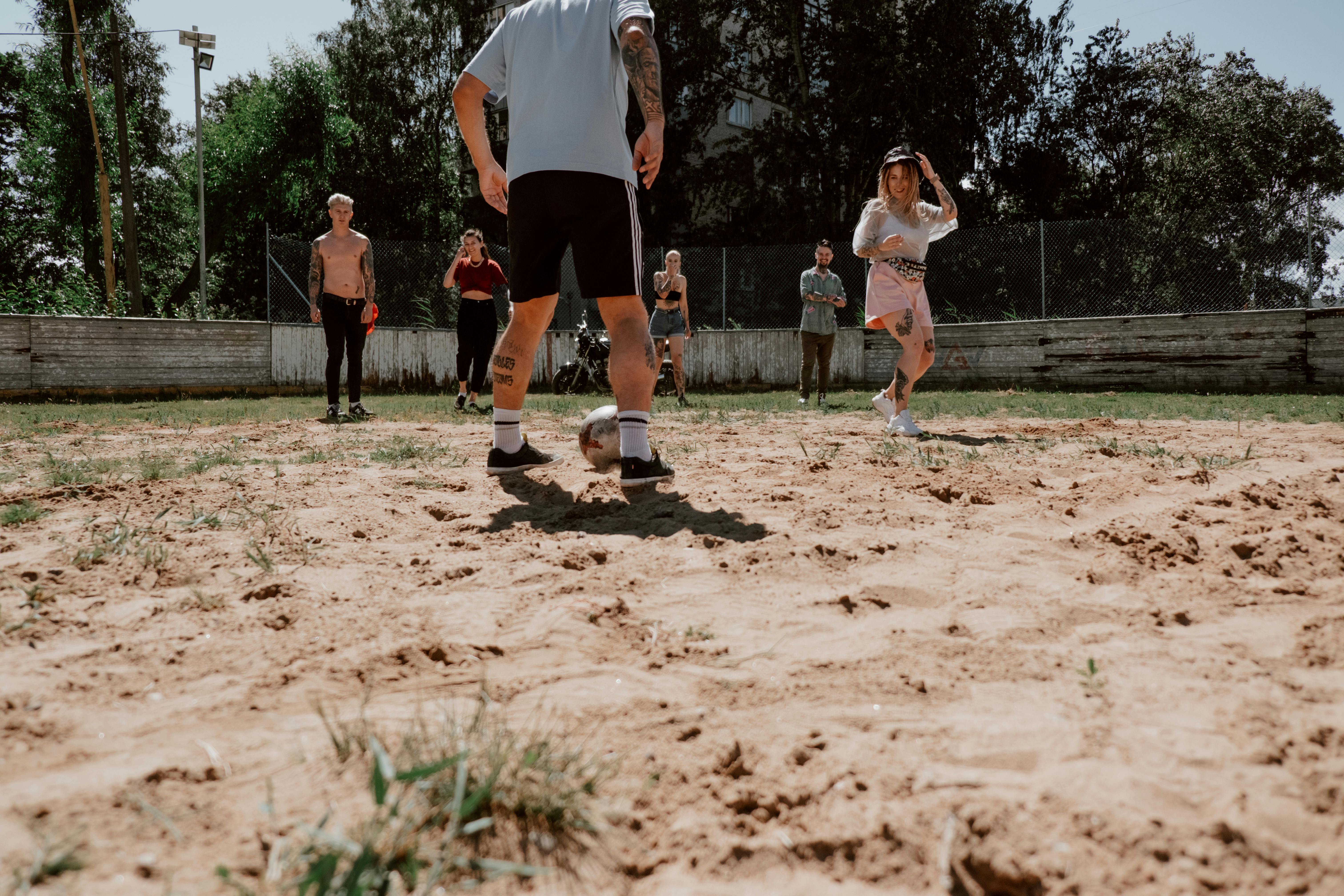Airsoft, like any other sport, involves many scientific principles that go relatively unnoticed. In the heat of battle, one seldom worries about something like kinetic energy transfer. While knowing the physics of airsoft won’t realistically help you in a game, it’s good to know the principles. Knowledge of buckshot ballistics, on the other hand, can help you with your game.
Pellets transfer very small amounts of kinetic energy primarily due to their size. The energy transfer is basically the power of the impact. The energy transfers of airsoft and paintball have been compared, with paintball transferring substantially more energy. Energy transfers are measured in joules, the SI derived unit of energy. A standard 0.20 g BB traveling at 300 ft/s transfers 0.8 joules, while a standard paintball traveling at the same speed transfers nearly 12 joules. The energy transfer can actually be calculated using a mathematical formula; E = 1/2mv2, where E is joules, m is mass in kilograms, and vis is velocity in meters per second. Since paintballs transfer more kinetic energy, they could be considered more damaging than airsoft pellets.
The weight of airsoft pellets significantly affects their speed and trajectory. The lighter a pellet, the faster it will travel, but it will also be less accurate due to the fact that it will be more susceptible to environmental factors such as wind. Heavier pellets have straighter trajectories so are favorable to lighter pellets, but in many cases heavier pellets cannot be used because the airsoft gun using them is not strong enough to propel the pellets at a fast speed. Therefore, players who want to use pellets larger than 0.25g usually need to upgrade their weapon. Another benefit of heavy pellets is that they decelerate slowly, unlike light pellets, which start fast but lose speed quickly. Airsoft snipers typically use 0.30g pellets due to its high stability, but sniper weights can reach 0.43g (although very expensive upgrades are required to use this grade of pellet). The heaviest pellet is 0.88g which is never used in airsoft because it is incredibly slow, not to mention very dangerous as it is usually made of steel.
The velocity of the pellet is primarily determined by the spring tension used to propel the pellet or, in the case of gas airsoft guns, the type of gas used. Power transfer is relative to the speed of the pickup, and speed is also greatly affected by weight. For example, a 0.12 g pellet using 0.800 J (the common airsoft rate of energy) of energy will initially travel at 375 fps. However, a 0.20g pellet using the same amount of energy only travels at around 280fps, and a 0.45g pellet will travel at around 200fps. For a 0.45 g pellet to reach the velocity of a 375 fps 0.12 g pellet, it would need to use more than 2.50 J of energy.
Bernoulli’s principle is the method by which the granules fly. Interestingly, it is also the principle through which airplanes achieve lift. Bernoulli’s principle states that fluid velocities increase with a decrease in pressure. In relation to airsoft, there is a fluid (air) above the pellet at a relatively high velocity, which means that the pressure above the airsoft pellet is less than the pressure below it, since there is less air than it flows under the pellet as it is on top. Therefore, the pressure under the airsoft pellet pushes up and lifts the pellet, allowing it to fly for a long period of time. Jump systems in airsoft guns apply recoil to the pellets, causing air to travel faster across the top of the pellet and creating a greater pressure difference between the top and bottom.


